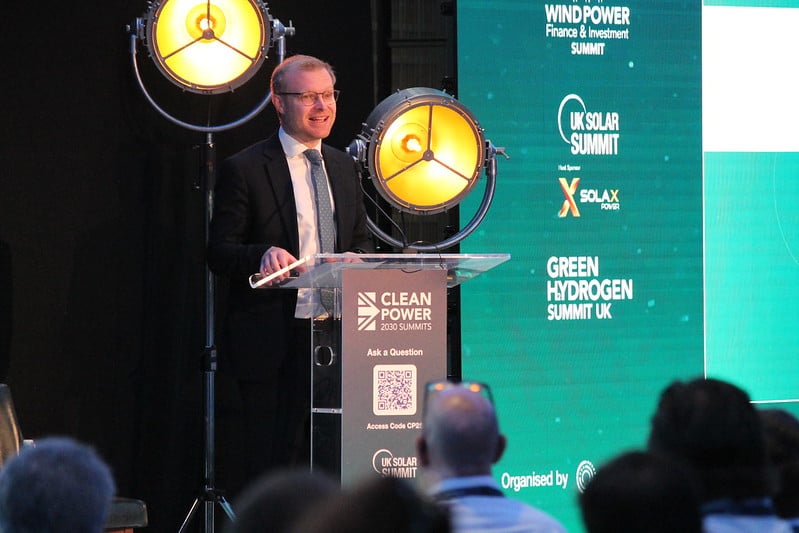
The National Energy System Operator (NESO) has opened the window for evidence submissions on grid Connections Reform.
The evidence submission window opened today (8 July) and will remain open until just before midnight on 29 July. Energy generation and demand projects with existing connection agreements are invited to participate.
The much-talked-about process has two goals. One is to trim away projects in the queue with a less-than-serious prospect of going ahead that have contributed to bottlenecks (so-called ‘zombie projects’).
The other is prioritising solar PV and wind renewable energy projects that align with the national Clean Power 2030 (CP2030) Action Plan’s goals.
NESO identified in its CP2030 report that challenges to enacting the plan include planning reform and grid connection reform, and the system operator is deciding on the technologies and locations to prioritise for connection, along with the commensurate buildout and updating of infrastructure to accommodate them.
Queue applicants can submit their application and evidence to the portal, from where they will be assessed and assigned a status based on readiness and strategic alignment with UK energy goals.
NESO will place submissions into two streams: those that meet criteria for connection will be designated ‘Gate 2’ and will get a confirmed modification offer that includes updated connection dates, site details and required network reinforcement works as applicable.
Projects determined not to meet the criteria will be put in the ‘Gate 1’ stream, which means they will remain in the system with a provisional deferred connections offer and will be allowed to reapply for ‘Gate 2’ status through biannual application windows. Developers that do not wish to reapply can terminate their application.
Participation in the process is compulsory. Any projects with signed grid connections agreements that are not yet connected, and that do not submit evidence and an application, will be automatically assigned to ‘Gate 1’ status.
NESO aims to notify projects beginning in autumn this year and complete the process by early 2026.
‘Once-in-a-lifetime transformation of our electricity network’
The opening of the evidence window is a “key moment in the once-in-a-lifetime transformation of our electricity network, and a vital step for delivering clean power by 2030, while also helping supercharge economic growth for Great Britain,” NESO chief operating officer Kayte O’Neill said.
“By prioritising agreements for projects that are critical and shovel-ready, developers will get the certainty they need to support investment decisions,” O’Neill said, adding that it would also give confidence to energy consumers that they could benefit from “clean and stable power for generations to come.”
After NESO put forward the final proposal of its reform methodology late last year, regulator Ofgem officially approved Connections Reform in April. At the time, the government Department for Energy Security and Net Zero (DESNZ) noted that some projects are waiting up to 15 years for their connection.
According to Ofgem, the queue length had grown tenfold in the past five years, with 756GW of projects in the queue as of February 2025. Of this, 587GW was at the transmission level, and 178GW was waiting to connect to the distribution network.
While some work has already been done to accelerate the process, and the queue now stands at about 738GW in total—which is four times the clean energy generation capacity required to meet CP2030 goals—NESO claimed its new assessment process will create a simpler, more transparent, and faster way for projects to connect to the grid.
Energy minister Michael Shanks said the opening of the evidence window marked a milestone in work to overhaul the queue and “unleash ready-to-go clean power projects that will help us reach our 2030 target.”
“Developers in the queue now have the chance to demonstrate to NESO that their projects are ready to progress,” Shanks said.
“This is our Plan for Change in action, taking us a step closer to building an energy system that takes Britain off the rollercoaster of global fossil fuel markets and can bring bills down for good.”
Shanks spoke at the recent Clean Power 2030 Summit, incorporating the UK Solar Summit, hosted by our publisher Solar Media.

